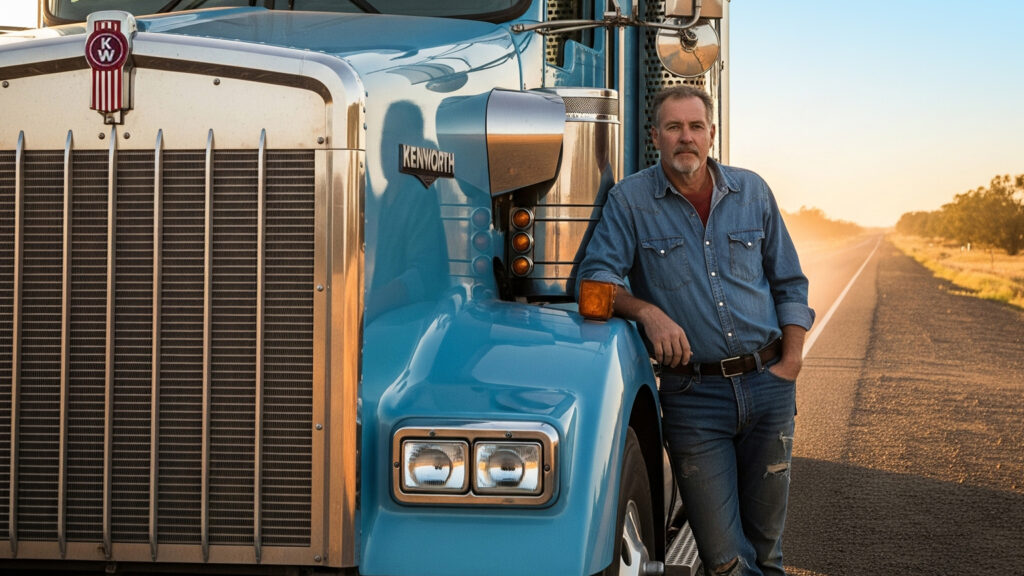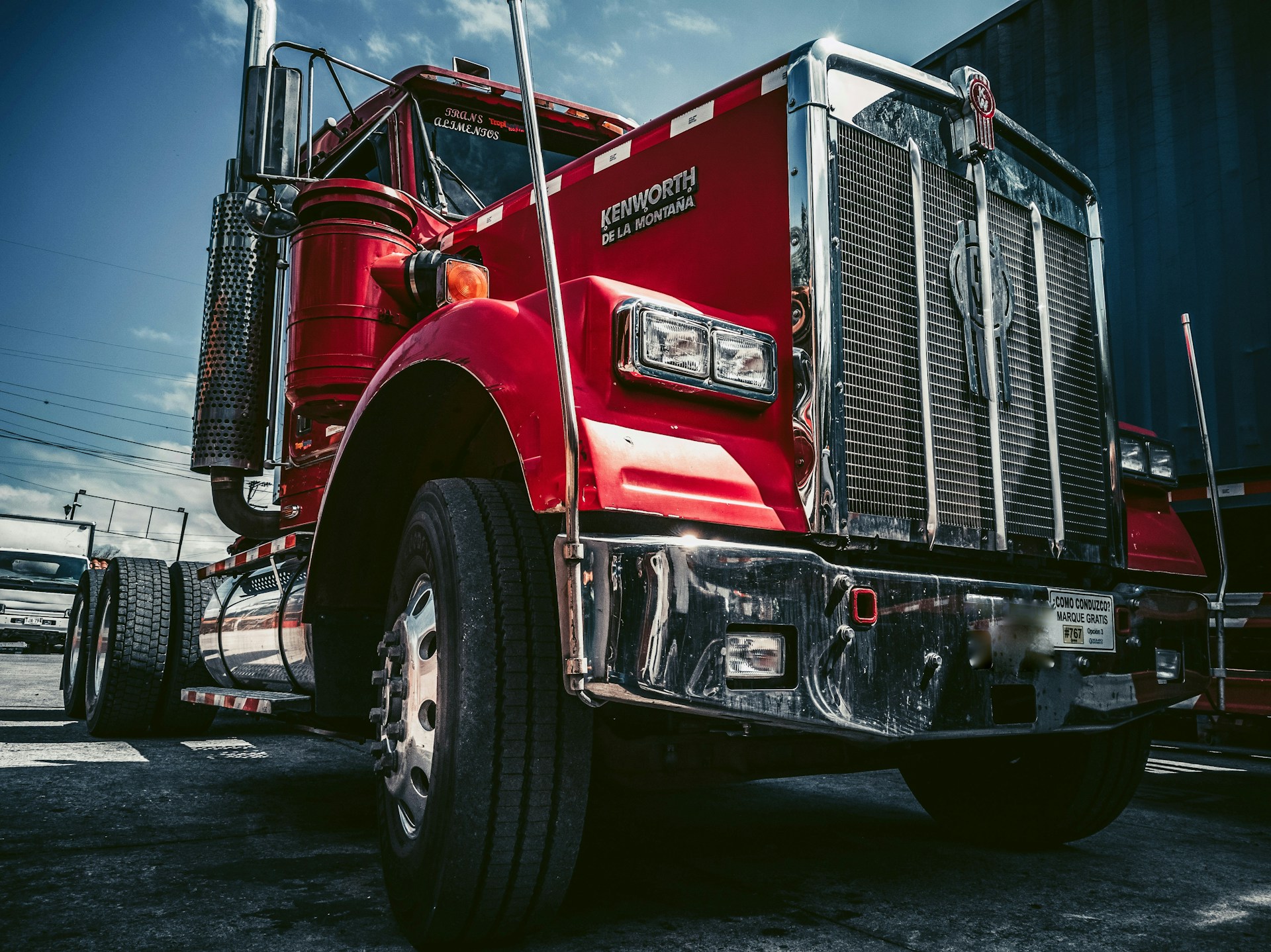
25% Tariffs on Heavy-Duty Trucks
President Trump has imposed a new 25% tariff on imported medium- and heavy-duty trucks as well as truck parts effective November 1, 2025. Initially, the tariffs were to go into effect October 1 but were pushed back a month.
The new tariffs affect Class 3 to 8 vehicles which include large pick-up trucks, moving and cargo trucks, dump trucks, and tractor-trailers. The tariffs also affect key components for those trucks like engines, transmissions, tires, and chassis.
According to the Commerce Department’s Section 232 investigation back in April, the imports of medium- and heavy-duty trucks, truck parts, as well as buses (which received a 10% tariff) cause harm to the United States’ national security due to the amount of offshoring. They also included the industry’s reliance on foreign suppliers for many vehicle components and parts. (Source)
Trump stated, “These tariffs shall apply to goods entered for consumption or withdrawn from warehouse for consumption on or after 12:01 a.m. Eastern Daylight Time on Nov. 1, 2025, and shall continue in effect, unless such actions are expressly reduced, modified or terminated.”
To incentivize production within the U.S., manufacturers will be eligible for an offset to a portion of the tariffs (3.75% of the aggregate value of all trucks) for medium- and heavy-duty trucks that are assembled within the country from 2025 to 2030.
For trucks under the United States-Mexico-Canada Agreement (USMCA) that qualify for preferential treatment, the tariff will only apply to the value of the non-U.S. components in the vehicle. For those that don’t qualify, they will be tariffed on the full value of the vehicle. New tariffs will not be added to the existing tariffs on materials like steel, aluminum, copper, or other automobile parts and lumber. They also will not be subject to reciprocal tariffs imposed on Canada, Mexico, Brazil, or India.
According to the White House’s fact sheet, the tariffs will strengthen America’s ability to manufacture medium- and heavy-duty trucks and essential parts. Additionally, “The administration believes that will help America’s military readiness, emergency response capabilities and critical infrastructure for economic activity.” (Source)
Tariffs Raised on Imports of Trucks
As of June 4, 2025, the Trump Administration officially raised tariffs on steel and aluminum to 50%. This rate has doubled since February, when a 25% tariff was first implemented on these materials for all U.S. trade partners.
Steel and Aluminum Imports
On February 1, the United States announced tariffs on imports of nearly all goods from Canada and Mexico, including cars and trucks. At the time, the president stated that these tariffs aim to support the U.S. steel and aluminum industries. However, higher tariffs may lead companies that use these metals to raise their prices, which may ultimately pass down to consumers.
According to the International Trade Administration, in 2024 “America imported 26.2 million metric tons of steel and 5.4 million metric tons of aluminum from abroad,” with Canada serving as the biggest foreign source for both metals. (Source)
Steel and aluminum are essential materials in truck manufacturing. These metals appear throughout the body and structure of a truck including the chassis, frames, bodies, trailers, wheels, and engine components. Industries that rely on these materials to make their goods are called “downstream” industries. They handle the final stages of transforming raw materials into finished products before transporting and distributing them to consumers.
“The tariffs are particularly sensitive for the medium- and heavy-commercial vehicle (MHCV) industry, supplying trucks and buses in gross vehicle weight (GVW) Classes 4-8, or above 14,000 pounds. Since the formation of the United States-Mexico-Canada Agreement (USMCA) and NAFTA before it, the share of commercial trucks imported from Canada and Mexico has more than doubled and now represents nearly one-third of US new-vehicle demand. Moreover, exposure varies greatly by vehicle type and brand. Whereas more than 40% of the heavier Class 8 trucks sold in the US are imported from Canada and Mexico[.]” (Source)
Tariff Impact on the Trucking Industry
Naturally, many drivers are wondering how these new tariffs will affect the trucking industry. Rising costs for new components to potential delays in production will impact everyone from manufacturers to transporters to fleet operators.
Higher tariffs on these metals will likely drive up the cost of new commercial vehicles. With the cost of materials climbing, new trucks will be more expensive to build — and more expensive to buy. As prices rise, demand is expected to decrease, causing manufacturers to reduce production volumes and shift how they build trucks.
On top of that, tariffs also raise costs for OEMs and parts suppliers. With raw materials becoming more expensive, manufacturers could face production delays, limited parts availability, and an overall increase in retail prices. The increase of essential components puts U.S. manufacturers at a disadvantage against their global competitors with access to lower-cost resources.
This 50% tariff on steel and aluminum can have real consequences for the U.S. trucking industry. Whether you’re a driver, fleet manager, or dealership owner, staying informed is more important than ever.
Stay up-to-date on all the newest trucking industry news by signing up for our subscriber alerts. Get the latest in breaking news, tips, and industry content sent straight to your inbox.
Get the Latest Trucking News, Tips & More
"*" indicates required fields


